Dunblane dad Kenny Forbes had no idea he was unwell until he was washing his car one day and his neighbour asked him if he had recently been abroad on holiday.
The 68-year-old hadn’t realised his skin had changed colour.
Then, two days later, his two daughters and his partner Margaret Mary also noticed it.
“I had started to go jaundiced,” he explains.
“But I hadn’t really noticed myself because you don’t tend to notice these things.
“I went to the doctor’s and she said I should go straight to hospital. She gave me a letter to take with me.
“They did a scan and I was kept on a ward. My youngest daughter Nicola came to see me and the doctors asked if they could speak to us.
“They took us into a side room and explained there was a problem with my pancreas – that there was a blockage.
“This happened just a few days before Christmas in 2014.”
It turned out that Kenny had pancreatic cancer after the blockage was found to be a tumour.
But after having chemotherapy and radiotherapy treatment – followed by surgery – over the next few months, the dad-of-two became cancer-free.
Today – a decade after his diagnosis – the retired electrician feels extremely lucky that it was caught early, as pancreatic cancer has the lowest survival rate of all common cancers.
What were Kenny’s symptoms?
In December 2014, Kenny says he had no obvious symptoms of pancreatic cancer – other than the colour of his skin changing.
“I wasn’t unwell or anything like that, I was just yellow,” he explains.
“I had no obvious symptoms whatsoever.
“My urine went a very dark colour but I never put those two things together until it was explained to me.
“You hear all the time of people first getting back pain.
“And then they find out too late that it is pancreatic cancer.
“But I didn’t have any pain at all.”
After the blockage was discovered, Kenny – who was living in East Kilbride at the time – was referred to specialists at Glasgow Royal Infirmary.
“When I saw a specialist he showed me drawings,” he continues.
“And explained that there was a small blockage in the bile duct at the top of my pancreas.
“As a result it had stopped working properly.
“By that point we knew it was cancer.
“They never actually used the word ‘cancer’.
“They just said it was a blockage but we kind of knew what it was.”
What did Kenny’s treatment for pancreatic cancer involve?
Kenny says as he was only in his 50s at the time and active, he was told that his pancreatic cancer treatment would be different.
“Normally you would have the operation first and then get chemotherapy afterwards.
“But they said with me they were taking a different approach.
“They were going to give me chemotherapy and radiotherapy first and then I would have surgery.
“I was then referred to the Beatson cancer centre in Glasgow where a doctor laid out the plan.
“He said treatment would start in two weeks.”
But it was at this point Kenny expressed his frustration as he didn’t want to have to wait another fortnight.
“This was the one and only time I threw a wobbly during the whole process.
“I came out the room at the Beatson and just threw my jacket away – I just wanted this tumour out.
“I didn’t want to mess about waiting another two weeks to start treatment, I wanted it to start straight away.
“It was just pure frustration.”
To help take Kenny’s mind off things, he and Margaret Mary, who lives in Dunblane, decided to go away to Lanzarote for a week.
He then started treatment when they returned.
How did Kenny cope with chemotherapy?
To begin with, Kenny was able to cope with the chemotherapy treatment, which lasted three months.
But as time went on, it soon took its toll on his body.
“At first it was no bother. But as it went on, I got worse and worse,” he explains.
“My hair fell out and then there was sickness and tiredness and you get fed up.
“Yet there isn’t a lot you can do except grin and bear it.
“But I was determined this wasn’t the end, that I would come through it.
“I just had that mindset that the cancer wasn’t going to beat me.”
After the initial chemotherapy treatment, Kenny had radiotherapy for a few weeks and took chemotherapy tablets at the same time.
He finished this stage of the treatment in September 2015.
And three weeks later he had an operation to remove the tumour from his pancreas at Glasgow Royal Infirmary.
What did the operation involve?
Kenny explains that as well as removing the tumour, surgeons at the Royal Infirmary in Glasgow also had to take away one of his organs.
“They cut off the top of the pancreas and also removed my gallbladder, part of my intestine and there were other bits and bobs close to it which were all taken away.”
Kenny says his treatment managed to shrink his tumour and remove all of it during the operation.
“They managed to get it all away and I was also told that the bits they took away were all checked and were absolutely clear.
“In fact I met my doctor at an Pancreatic Scotland event at the Scottish Parliament a few years later.
“He told me that if I went to Glasgow University, the school of medicine, there are parts of me in jars that you can see!
“I laughed when he told me that!
“Apparently because I came through the treatment and it was a new way of doing it there was a lot of interest in it.”
Getting the all-clear from pancreatic cancer
After his operation, Kenny was kept in hospital for around four weeks but eventually he got home in November 2015.
“When I was told they had managed to remove all of the cancer I did the football thing and jumped up and punched the air.
“At first I had regular check-ups. For the first couple of years I was back and forth for visits and scans.
“But I don’t have that now because I am absolutely clear.”
Family support
Kenny is grateful for the support of his two daughters, Lorraine, 43, Nicola, 41, and Margaret Mary, 65, during his diagnosis and treatment.
“I couldn’t have got through it without the three of them to be honest.
“They were always there for me.
“Margaret Mary listened to all my moans – she took it all. She is an absolute star in my eyes.”
Kenny knows he is extremely fortunate because pancreatic cancer has the lowest survival of all common cancers – with five-year survival less than 7%.
“I just think about how lucky I am.
“It’s important to act as early as possible.
“I always think that I was lucky in that I went yellow first – it was sheer luck it was one of the early signs.
“But you hear about so many people and their sad stories – how it’s been too late for them by the time they are diagnosed.”
He adds: “I appreciate every day I have got now and I am thankful I am still here to see my daughters growing old.”
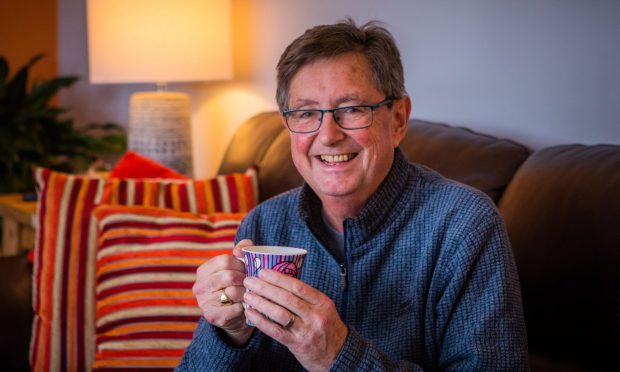
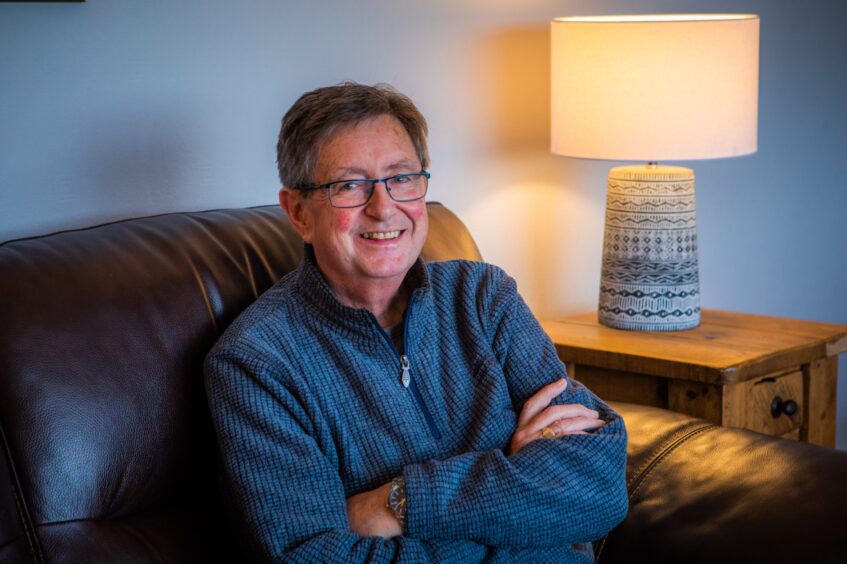
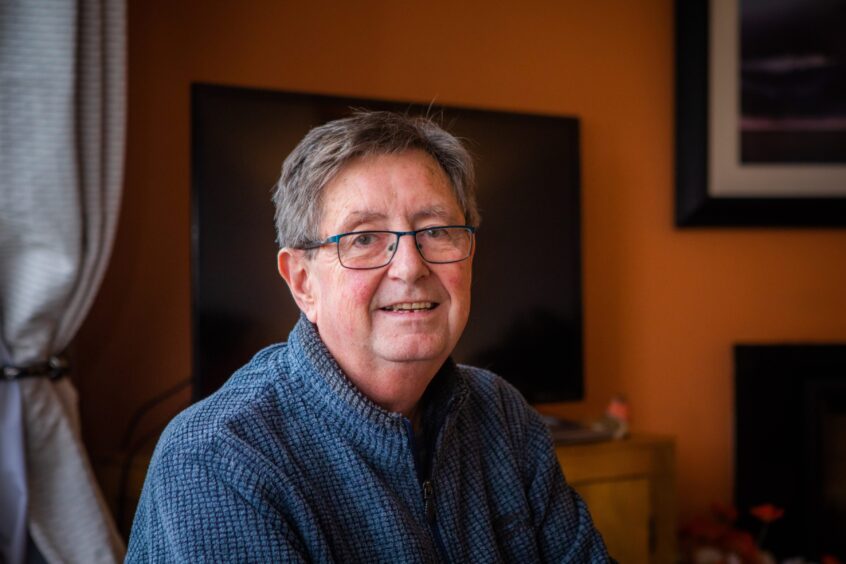
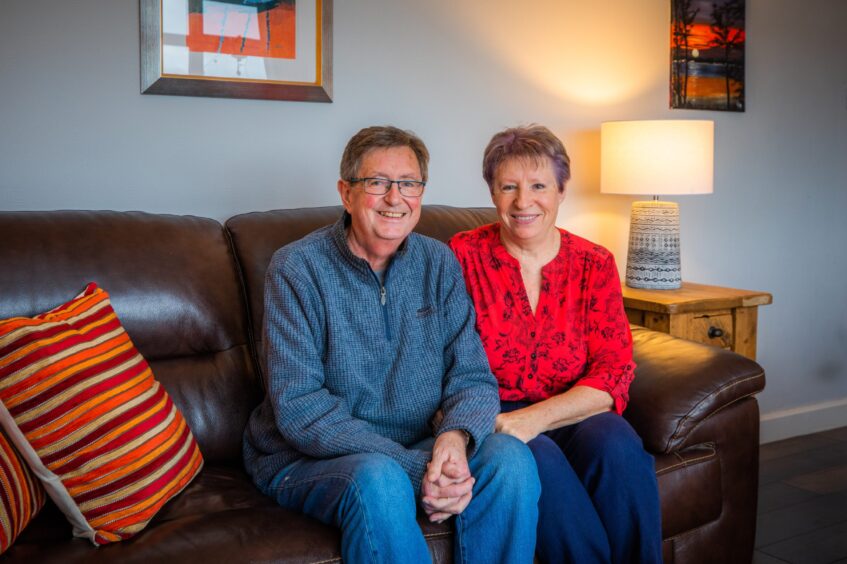
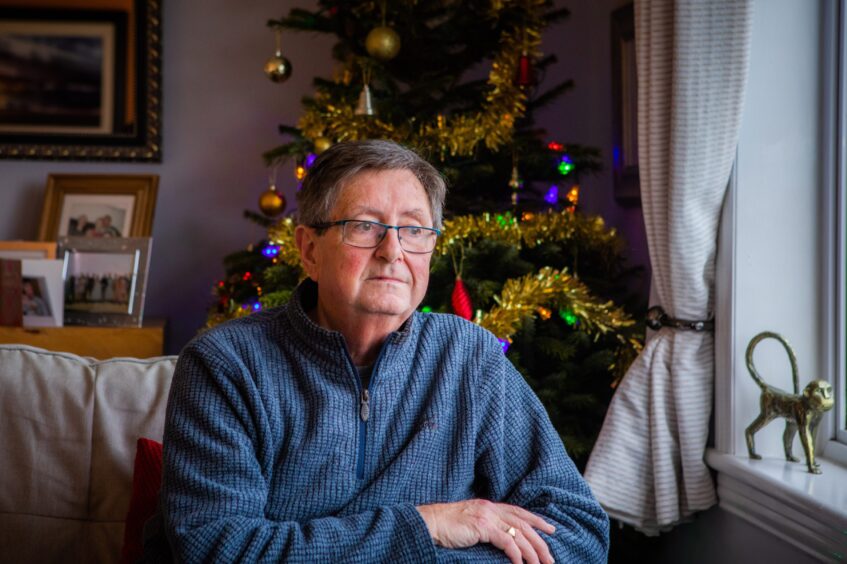
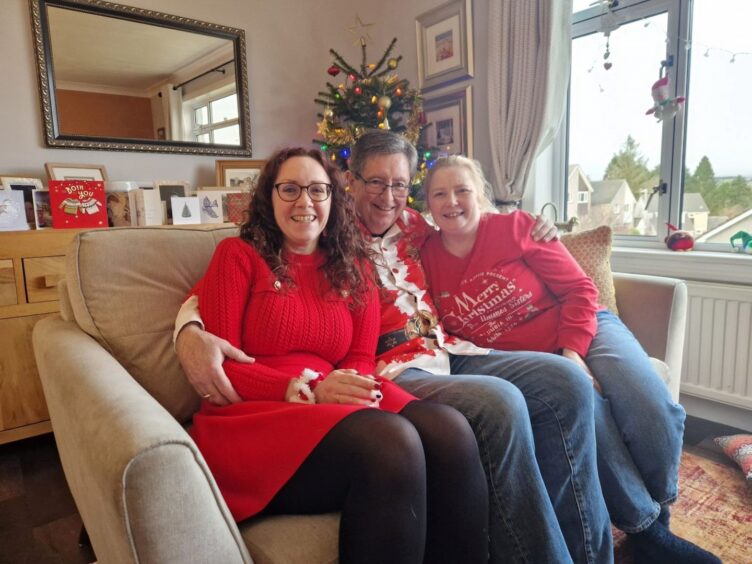
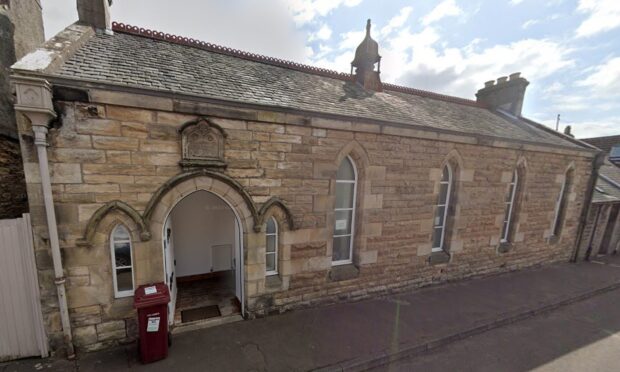
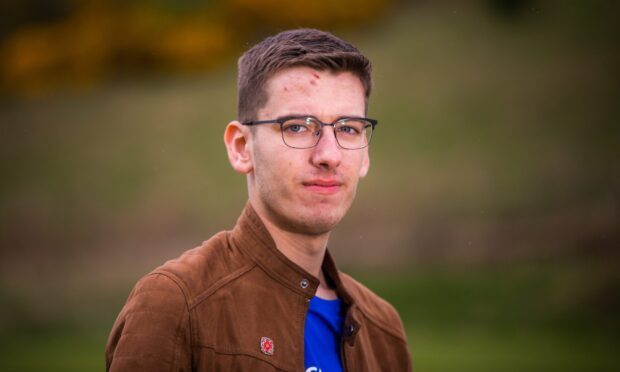
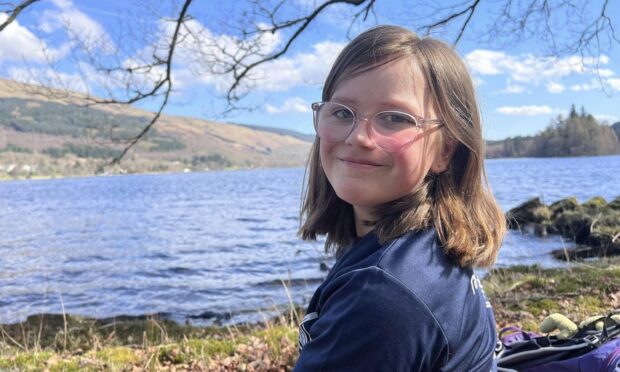
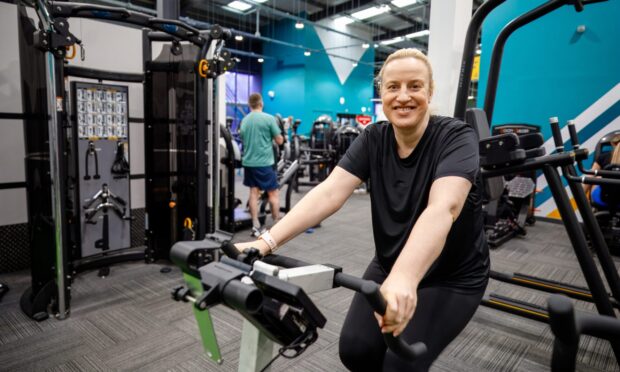
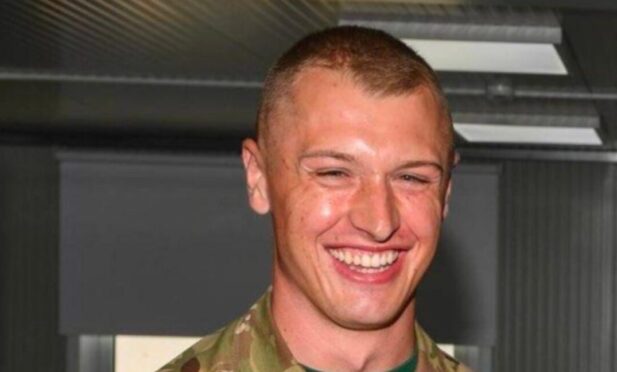
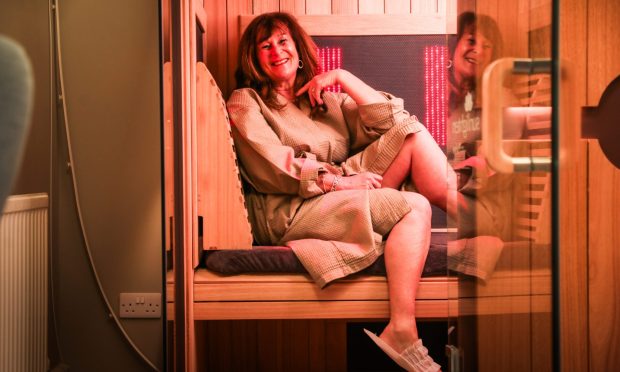
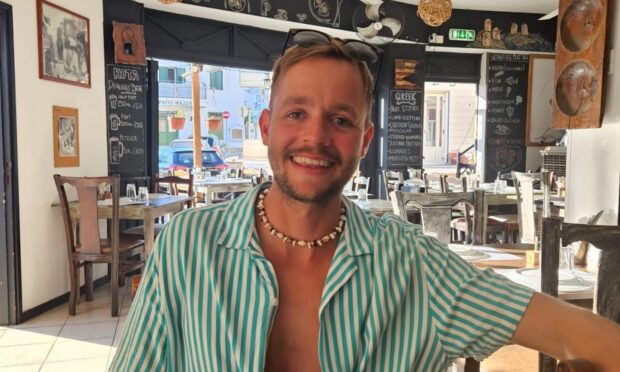
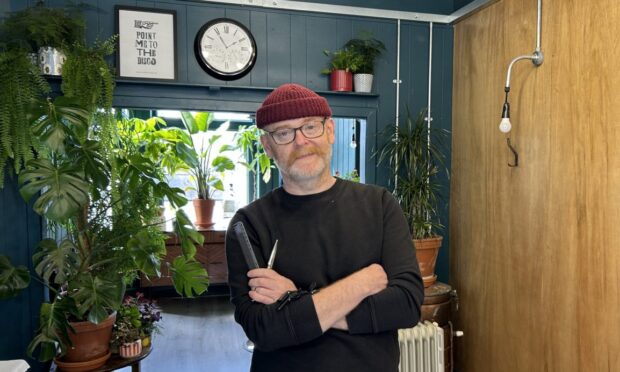
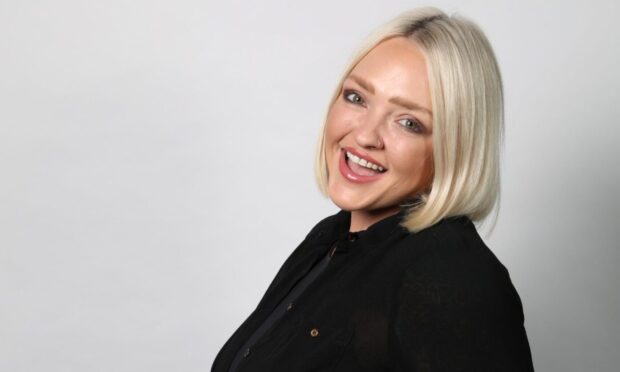
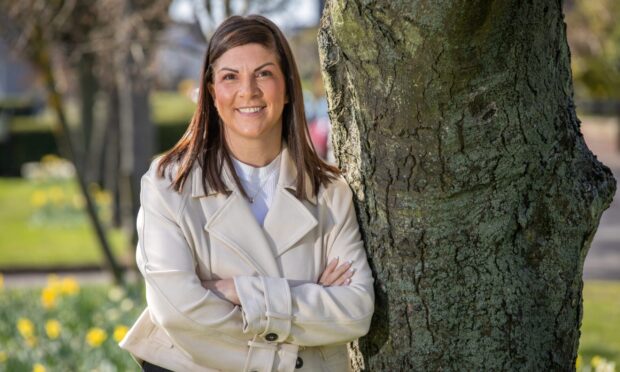
Conversation